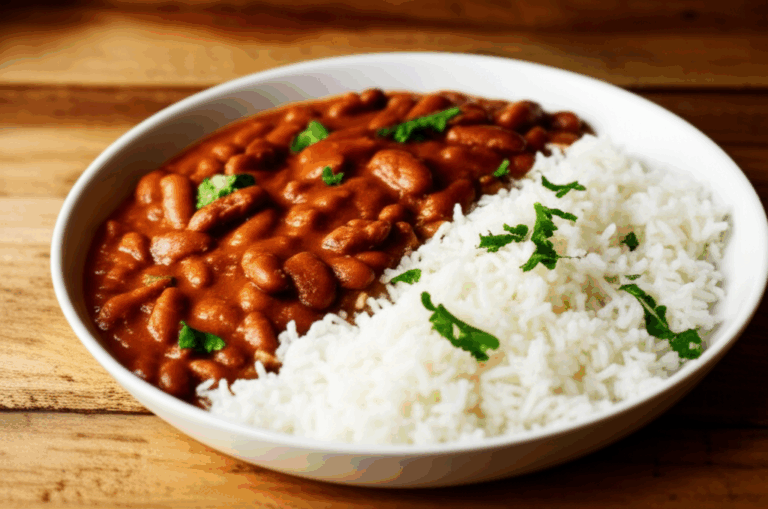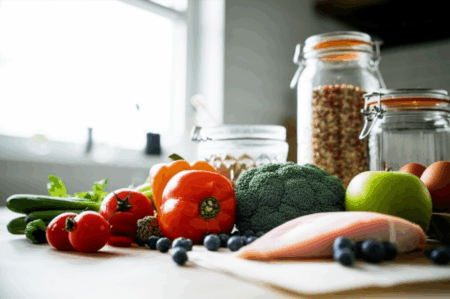Actor Sanya Malhotra recently stirred conversation among food enthusiasts and health-conscious individuals by stating that the beloved Indian comfort food, rajma chawal, can be transformed into a “proper, balanced meal” by simply adding vegetables. This claim prompts a closer look at the nutritional merits of rajma chawal and how to optimize it for a holistic diet.
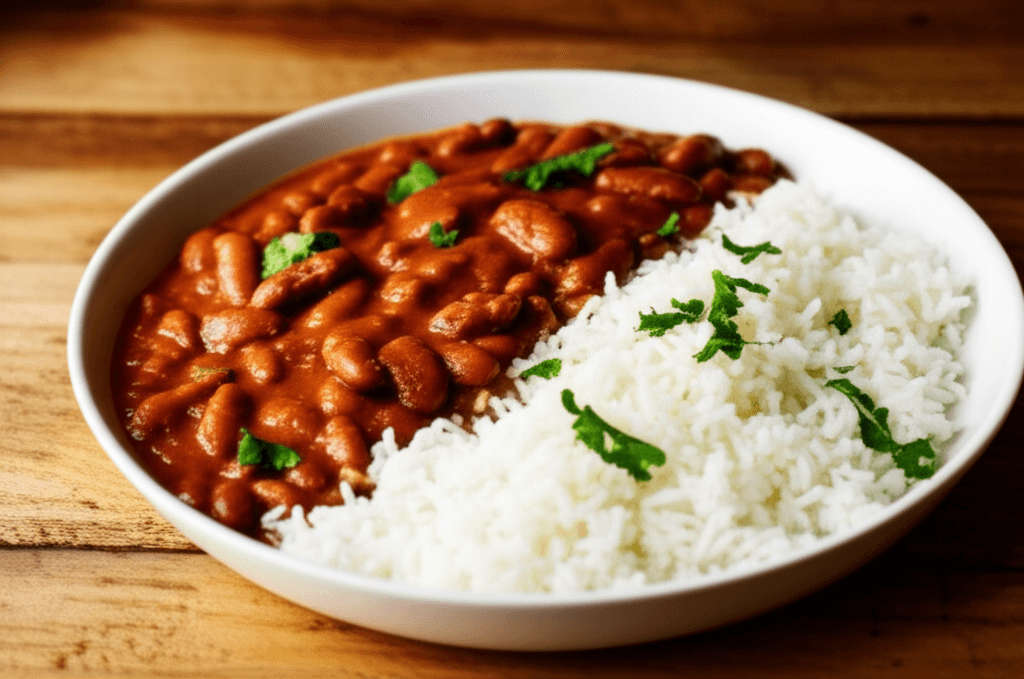
Understanding the Nutritional Core of Rajma Chawal
Rajma chawal, a staple in many Indian households, traditionally consists of red kidney beans (rajma) cooked in a flavorful gravy and served with steamed rice (chawal). Individually, both components offer significant nutritional benefits.
The Power of Rajma (Kidney Beans)
Kidney beans are a nutritional powerhouse, packed with essential macronutrients and micronutrients. They are an excellent source of plant-based protein and are rich in both soluble and insoluble fiber. This high fiber content aids digestion, promotes regular bowel movements, and supports a healthy gut microbiome, while also helping to keep hunger pangs at bay, which can assist with weight control.
Beyond protein and fiber, rajma also provides a wealth of essential minerals, including iron, potassium, magnesium, and folate. Iron is crucial for energy and preventing fatigue, while folate and magnesium contribute to heart health. Kidney beans also possess antioxidant properties and are naturally free from cholesterol.
The Role of Chawal (Rice)
Rice, particularly white rice, primarily serves as a source of carbohydrates, providing essential energy for the body. While white rice can be high on the glycemic index, when paired with rajma, the fiber and protein content from the beans can help stabilize blood sugar levels, making it a better choice for individuals managing insulin sensitivity. Brown rice is an alternative that offers even more fiber and a lower glycemic index.
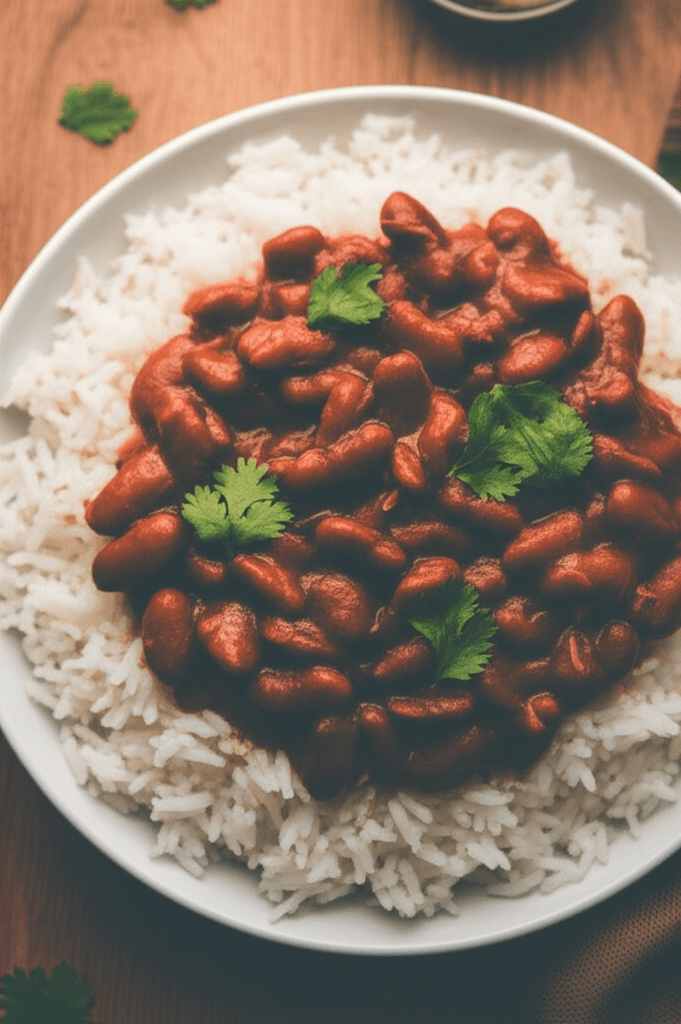
Rajma Chawal as a Complete Protein Source
One of the most significant nutritional advantages of combining rajma and chawal is the creation of a complete protein. While rajma alone offers a rich protein boost, it doesn’t provide all nine essential amino acids that the body cannot produce on its own. However, when paired with rice, this combination delivers a complete amino acid profile, making it an ideal meal for vegetarians. This makes rajma chawal a particularly valuable dish for those following a plant-based diet, ensuring they receive all necessary amino acids for muscle recovery and overall bodily functions.
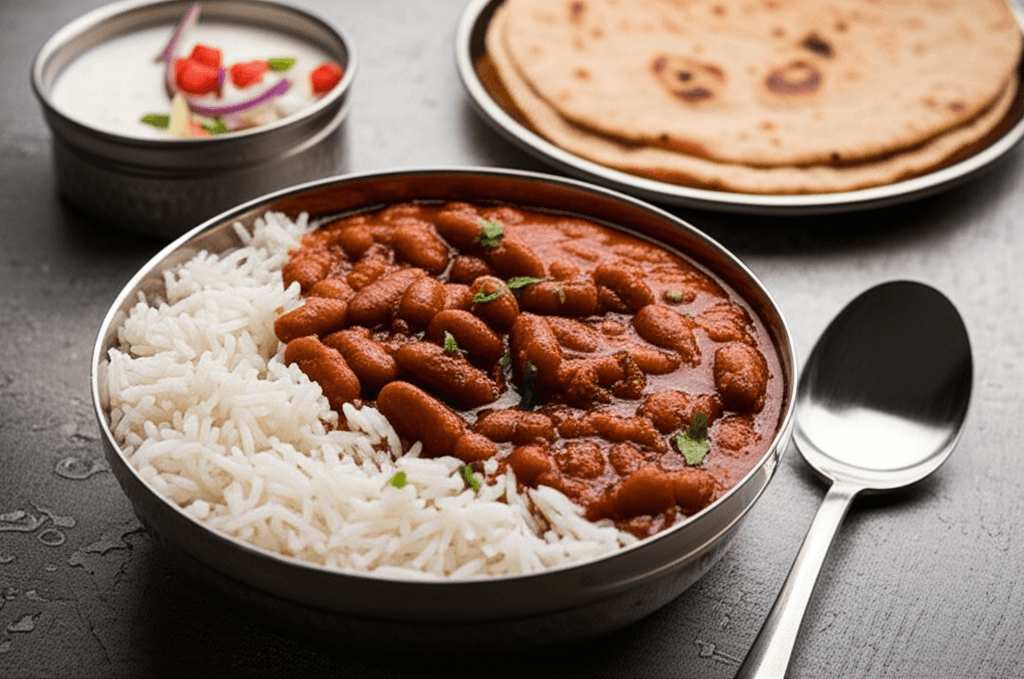
Making Rajma Chawal a “Proper, Balanced Meal”
Sanya Malhotra’s suggestion to add vegetables to rajma chawal to make it a “proper, balanced meal” aligns with expert nutritional advice. Nutritionist Deepika Sharma emphasizes that such home-cooked meals are “nutritionally coherent systems refined over generations,” providing a natural balance of macros and micros without the stress of calorie counting.
Here’s how to enhance your rajma chawal for optimal nutrition:
Incorporating Vegetables for Micronutrients
Adding a variety of vegetables to your rajma curry can significantly boost its micronutrient content (vitamins and minerals) and fiber. Consider ingredients like:
- Spinach or other leafy greens: For iron, Vitamin K, and antioxidants.
- Carrots and bell peppers: For Vitamin A, Vitamin C, and additional fiber.
- Tomatoes: Already a staple in rajma, they provide lycopene and Vitamin C.
- Onions and garlic: These aromatic bases offer their own set of health benefits and antioxidants.
Choosing the Right Rice
While white rice is traditional, opting for brown rice can further enhance the fiber content and provide a more sustained energy release due to its lower glycemic index.
Mindful Preparation and Portion Control
The way rajma chawal is prepared and consumed also plays a crucial role in its nutritional value.
- Minimal Oil and Ghee: Preparing the dish with minimal excess ghee or oil can support heart health by lowering bad cholesterol and reducing inflammation.
- Soaking Beans: Soaking kidney beans overnight is crucial as it reduces cooking time and aids digestion.
- Portion Sizes: As nutritionist Deepika Sharma highlights, portion sizes still matter. Excessive rice or ghee can “derail progress,” emphasizing the need for awareness of portions to ensure a balanced intake of macronutrients.
Serving Accompaniments for Added Benefits
Serving rajma chawal with certain accompaniments can further enrich its nutritional profile:
- Plain Yogurt or Raita: Provides probiotics for gut health and adds a source of calcium.
- Green Salad: A side salad with fresh vegetables adds raw fiber, vitamins, and minerals.
- Pickles or Chutney: While often high in sodium, small amounts can add flavor without significantly impacting the nutritional balance.
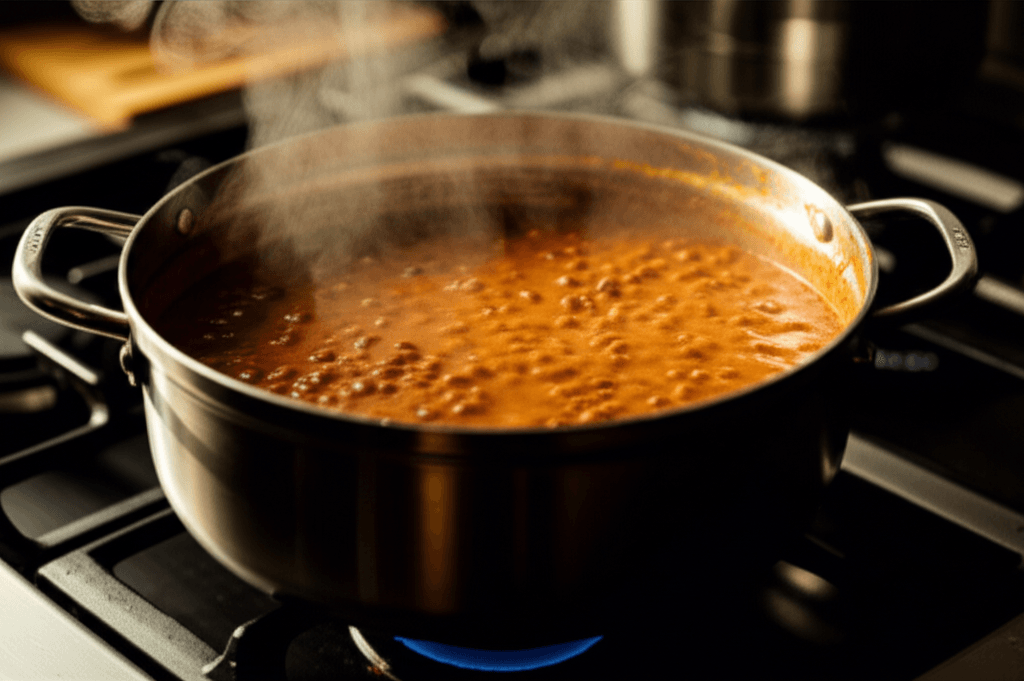
The Psychological Comfort of Home-Cooked Meals
Beyond the nutritional breakdown, the psychological aspect of home-cooked meals like rajma chawal is also significant. Sharma notes that familiar, safe foods can reduce stress, which in turn improves digestion and nutrient absorption. This “comfort food” aspect, combined with its nutritional completeness, makes rajma chawal a powerful tool for overall well-being, as endorsed by Sanya Malhotra.
In conclusion, Sanya Malhotra’s assertion holds true: rajma chawal, a cherished Indian dish, can indeed be a “proper, balanced meal.” By understanding its inherent nutritional strengths and making conscious choices in preparation and accompaniment, this comfort food can be a cornerstone of a healthy and fulfilling diet.




